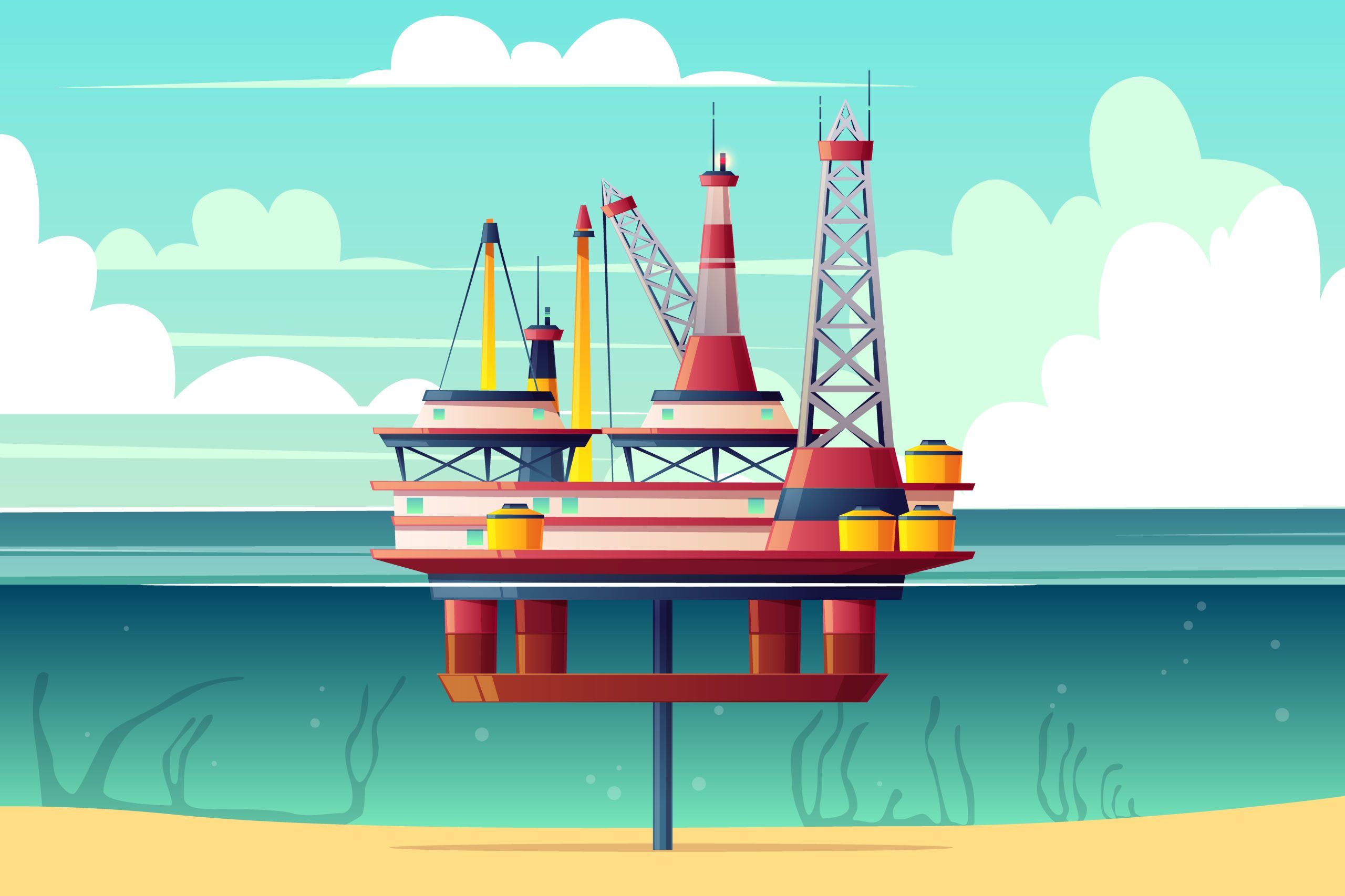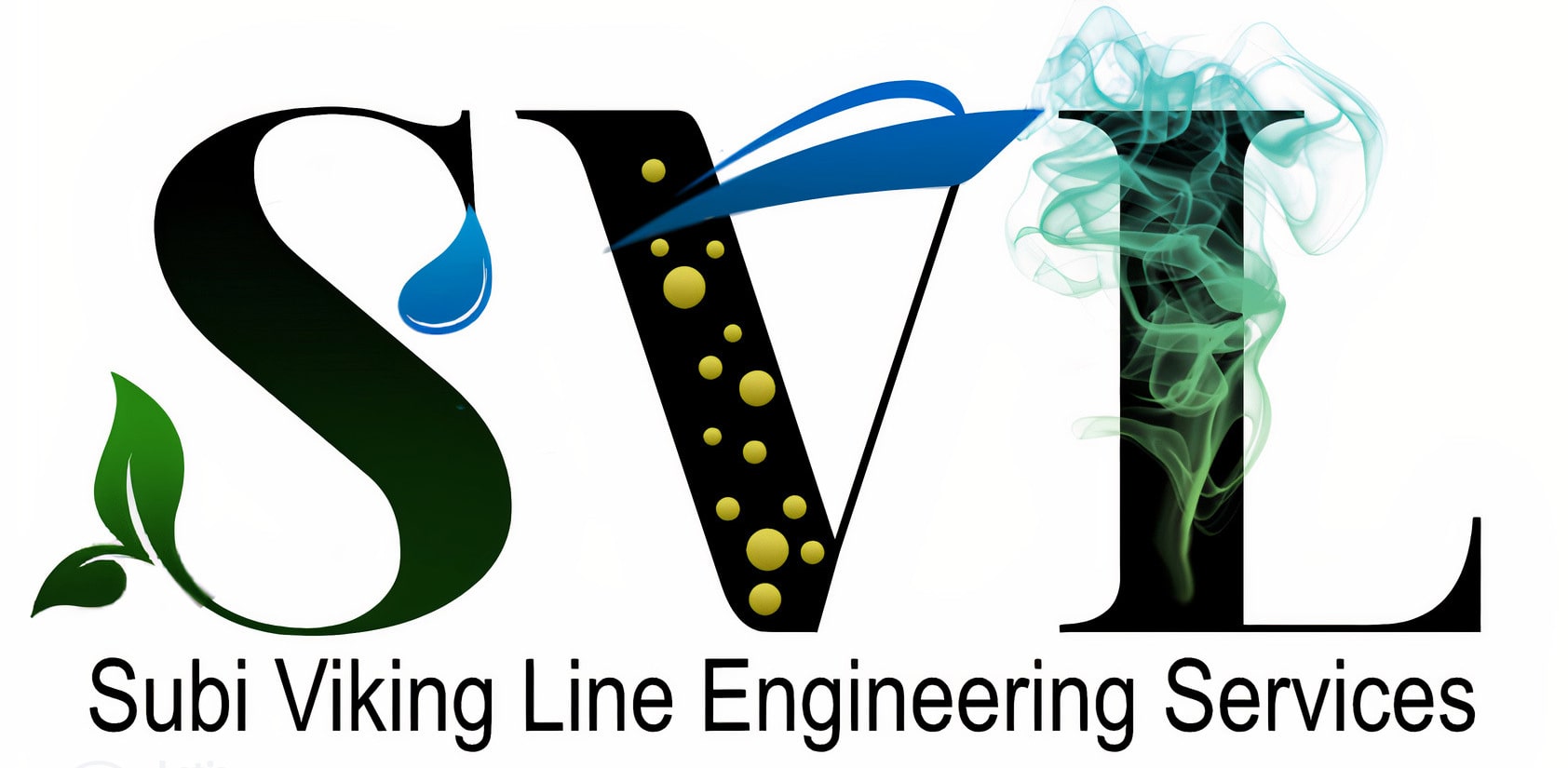Offshore oil and gas operations in Western Australia play a significant role in the state’s economy and energy production. Western Australia has significant oil and gas reserves located off its coast, including the North West Shelf and the Browse Basin. These reserves are exploited by both Australian and international companies through offshore drilling and production platforms.
The North West Shelf is one of the world’s largest liquefied natural gas (LNG) production facilities. It consists of several offshore gas fields that are connected by pipelines to onshore processing facilities located near Karratha. The facility produces around 6% of the world’s LNG and also produces domestic gas for the Western Australian market.
The Browse Basin is another significant oil and gas reserve located offshore Western Australia. It is currently being developed by a consortium of companies led by Woodside Petroleum. The project involves the construction of a new offshore production platform and pipelines to transport gas to an onshore processing facility located near James Price Point.
Offshore oil and gas operations in Western Australia are subject to strict regulations and environmental management requirements to ensure that they are conducted in a safe and responsible manner. These regulations cover areas such as environmental impact assessments, drilling and production safety, oil spill prevention and response, and decommissioning of facilities.
In addition to the economic benefits, offshore oil and gas operations in Western Australia also provide employment opportunities for local communities and support the state’s energy security. However, they also pose environmental risks, including the potential for oil spills and impacts on marine ecosystems. As such, it is important that these operations are managed in a responsible and sustainable manner to minimize their impact on the environment and local communities.

